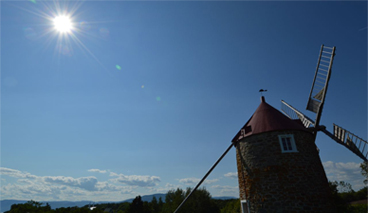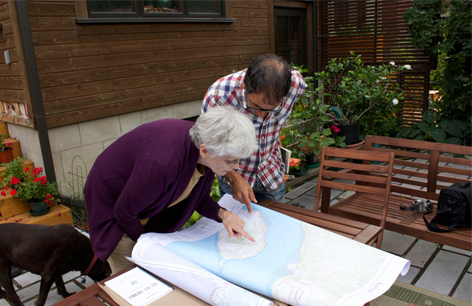- EN |
- FR
Laboratory
Rapid evolution in nature
Typically perceived as a slow and imperceptible process, biological evolution by natural selection can indeed be rapid in natural populations. Environmental upheaveal caused by human activity (climate changes, habitat loss, pollution, introduction of species in new areas) could accelerate this process (see this book for an overview). By changing the frequency distribution of phenotypes (i.e. organisms' traits, such as body size), rapid evolution can alter fundamental ecological processes such as population,predator-prey or community dynamics that, in turn, produce feedback effects on natural selection (see here). Such an eco-evolutionary dynamics can accelerate or impede the biological evolution of populations in response to selective pressures. The possibility to detect evolution over just a few years or decades raises several fundamental questions: what is the evolutionary potential of populations over short timescales? How heterogeneous are evolutionary responses across populations facing similar environmental conditions? How evolutionary change in one trait modifies selection on other traits? To answer this kind of questions, we study the process of biological evolution in contemporary human populations using population registers.
The Québec population as a study model

In Québec, we have an exceptional knowledge the genealogy of the French-Canadian since the foundation of New France in the 17th century. We can use this information to study historical, environmental, sociological and biological factors involved in phenotypic variation. In particular, we can estimate genetic parameters such as heredity for life-history traits (fertility, lifespan, etc) using state-of-the-art statistical methods. In addition, we can link molecular data to the genealogy to investigate the evolutionary dynamics of specific mutations, such as those involved in genetic diseases. In this endeavour, performing a critical analysis of source materials is essential to understand the nature and limits of the data used, as well as the biases they may induce in our analyses. This is why we work within an interdisciplinary framework with collaborators from diverse fields (anthropology, historical demography, genetic epidemiology, etc).
Eco-evolutionary dynamics of life-history traits in a human population
We study selection on life-history traits (age at first reproduction, fertility, etc) and temporal changes in these traits, as well as the factors shaping those changes: contemporary evolution, familial factors, socio-economic trends, demography, reproductive ecology, inbreeding. We are interested in the generality of the evolutionary process in different preindustrial populations exposed to similar conditions (founder effects, susbstance farming, etc) and to genetic and environmental constraints limiting this process. We study the feedback loop between evolution and demography (see Figure 1). Our team is the first one to have shown microevolution "in real time" (i.e. a genetic response to selection) in humans (see here for the original study and here for the story behind this study).

Figure 1
Interaction between environmental changes and natural selection in contemporary human populations (modified from Milot & Pelletier 2013, graphic design Mireille Courteau).
Click on the image to enlarge and for a more detailed legend.
Selection on functional genetic mutations
We study natural selection exerted on specific mutations in the French-Canadian population of Québec since its foundation. We work on mitochondrial DNA (mitochondria are the organelles involved in energy production in the cell) and nuclear variants, trying to understand how evolutionary processes can shape the prevalence of diseases.

